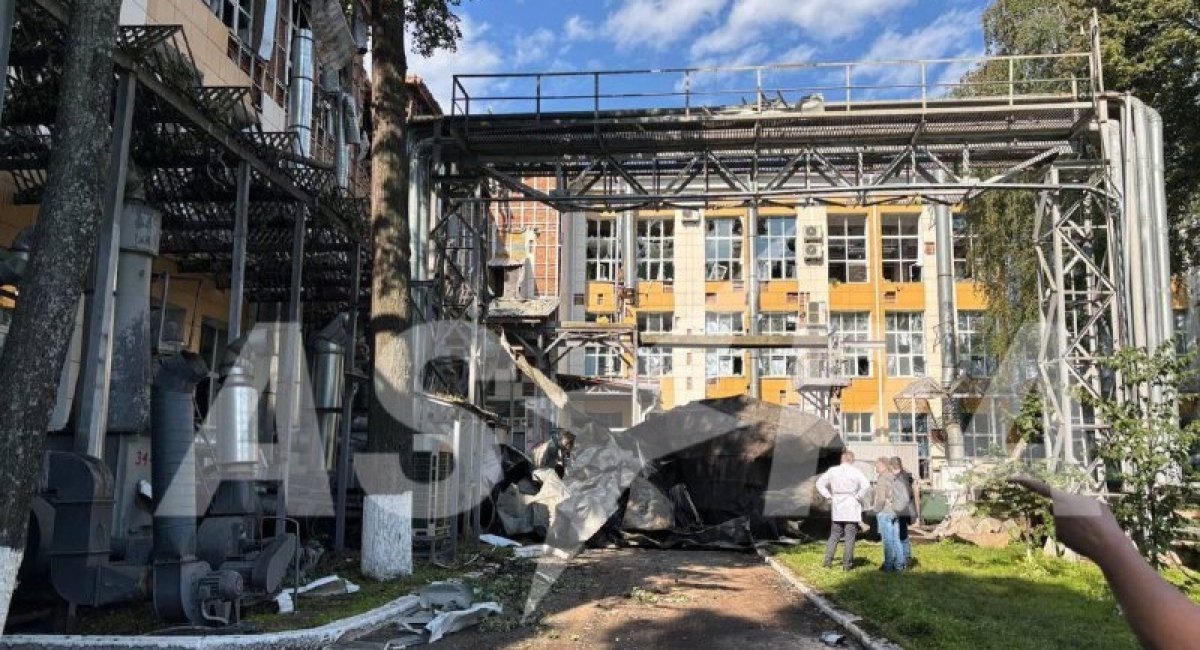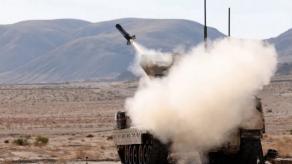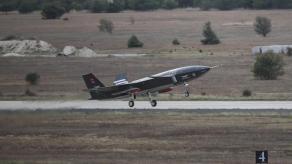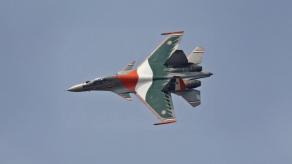According to the independent russian outlet ASTRA, russian authorities confirmed that two drones successfully struck the plant. One reportedly flew directly through a window of Workshop No. 106, while the other hit the roof of Workshop No. 110.
The resulting fire caused a roof collapse covering approximately 1,300 square meters. This is supported by satellite imagery published by RFE/RL.
Read more: Ukraine Targeted IEMZ Kupol, Shahed Drone Assembly Site — for This, Ukrainian Liutyi Drone Sacrificed a Crucial System
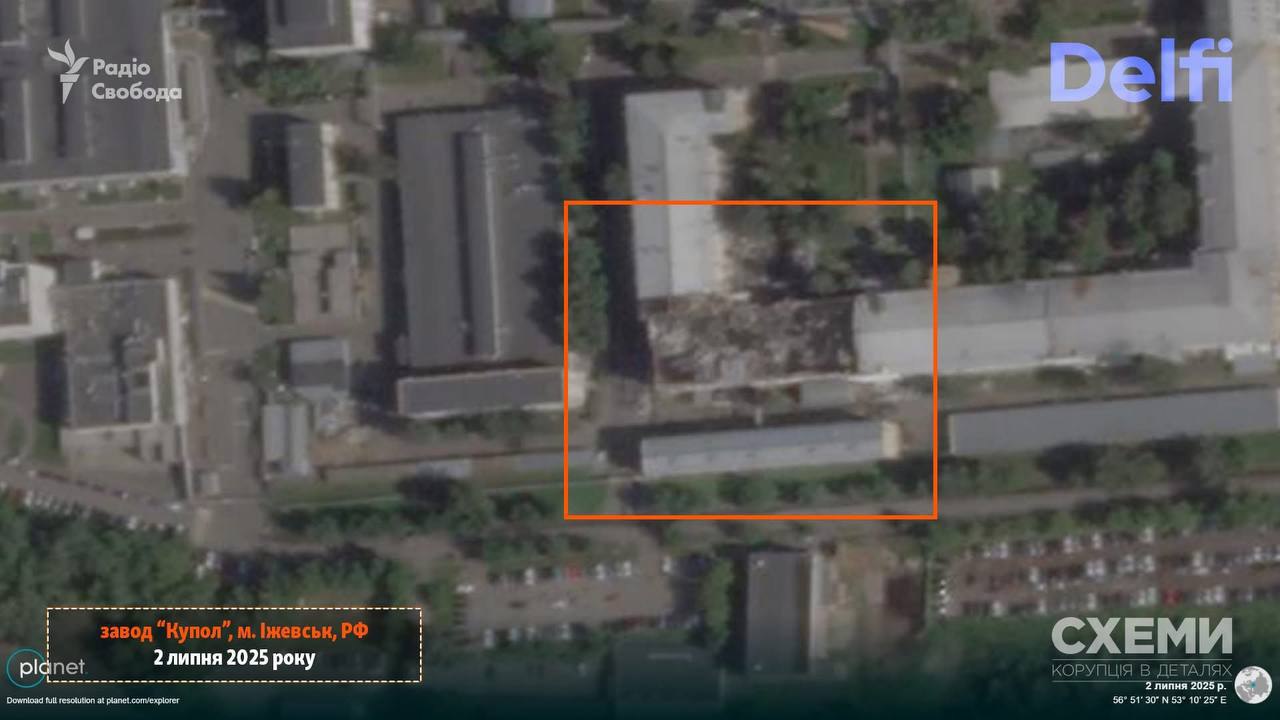
The targeted workshops were involved in metalworking, microchip soldering, and assembling the Garpiya-A1 drones. As a result of the strike, 45 workers were injured, 35 were hospitalized, and three were killed, paying with their lives for their role in supporting russia’s war machine.
Defense Express notes that fires in manufacturing facilities, and the process of extinguishing them, can result in the complete loss of production equipment and critical components.
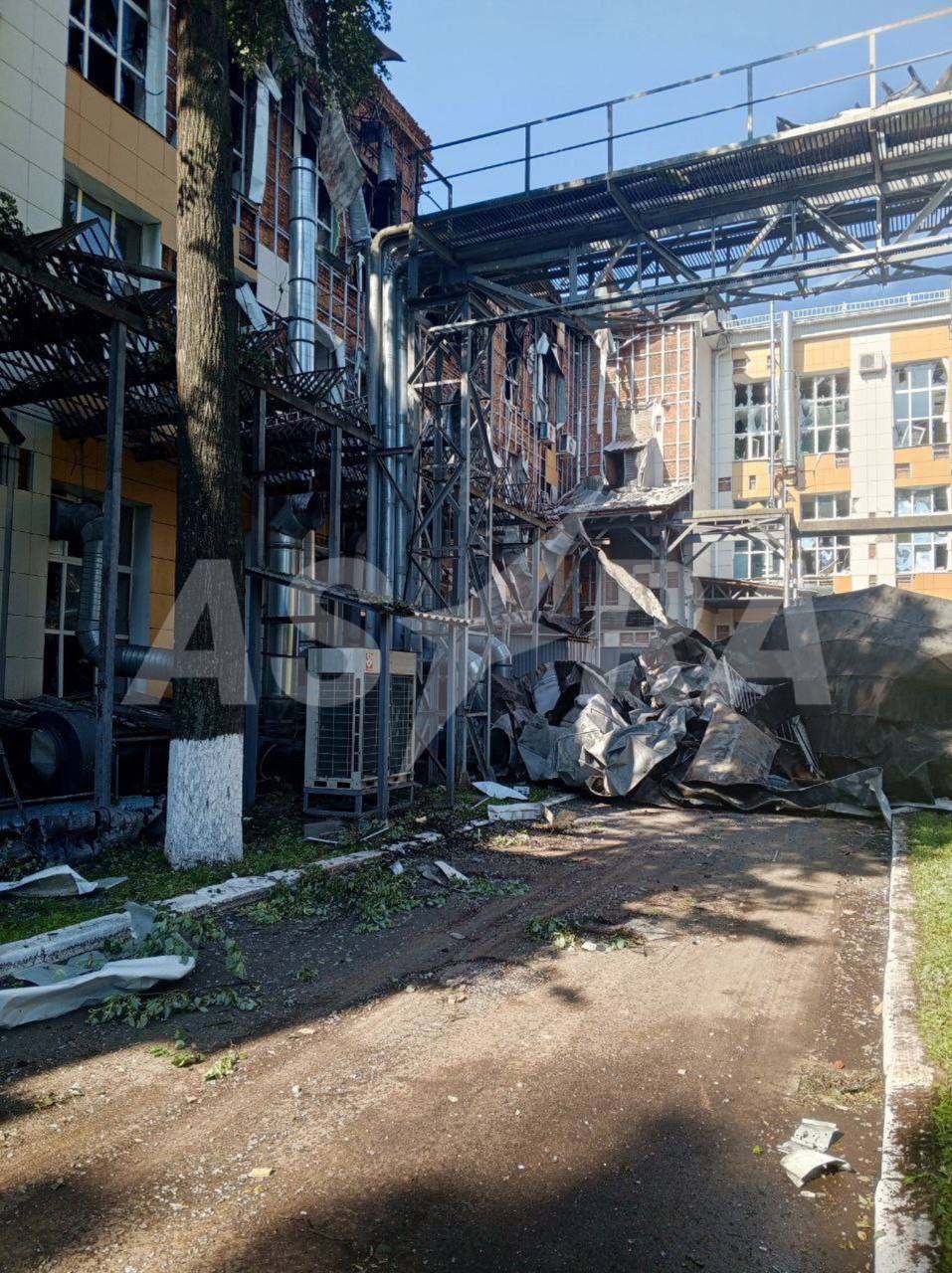
The scale of the destruction visible in available imagery may indicate that the drones' warheads have increased in size, power, or sophistication compared to earlier versions. For reference, Liutyi drones used during the winter of 2024 carried a high-explosive fragmentation warhead weighing approximately 50 kilograms.
In addition, the strike's extraordinary precision, flying a drone through a window from 1,300 kilometers away, suggests both exceptional navigation and targeting capabilities. The drones used in this long-range attack were likely newer variants of the Liutyi model, modified to operate without landing gear. Removing the undercarriage or altering the launch method may have increased their range, allowing for a larger payload.
This incident highlights the consistently high accuracy of Ukrainian drones. The Liutyi didn’t just "fly through a window" metaphorically — it did so literally, from over 1,000 kilometers away.
It is also worth noting that neither the Kupol plant nor the city of Izhevsk, which is also home to the ZALA drone manufacturer and the Kalashnikov plant, appeared to be protected by any effective air defense systems. At minimum, video footage of the strike only captured attempts to shoot down the drones using small arms.
Read more: Journalists and Intelligence in Europe May Have Confused Garpiya-A1 with Shahed Drone, But Revealed Interesting Details




